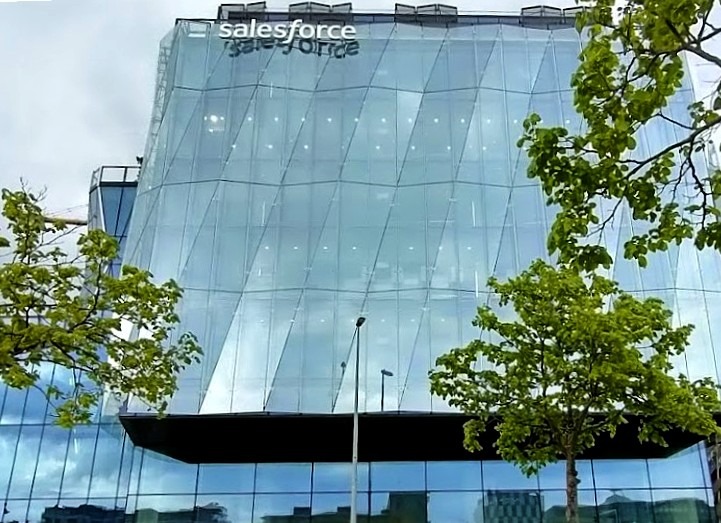We now have the full-year figure for Ireland’s highest-ever corporation tax take, which came in at €22,643 million last year. The surge in the final quarter of this year was such that the Department of Finance has also increased the portion of receipts it qualifies as “windfall” since late September budget estimates, bringing it to €10.5 billion. “Our colleagues in Revenue advised that about €1.5 billion of that was unlikely to be repeated,” the Department’s chief economist John McCarthy explained. Another feature of the Exchequer statement for 2022 released this Wednesday is that the amount of corporation tax collected in December…
Cancel at any time. Are you already a member? Log in here.
Want to continue reading?
Introductory offer: Sign up today and pay €200 for an annual membership, a saving of €50.

